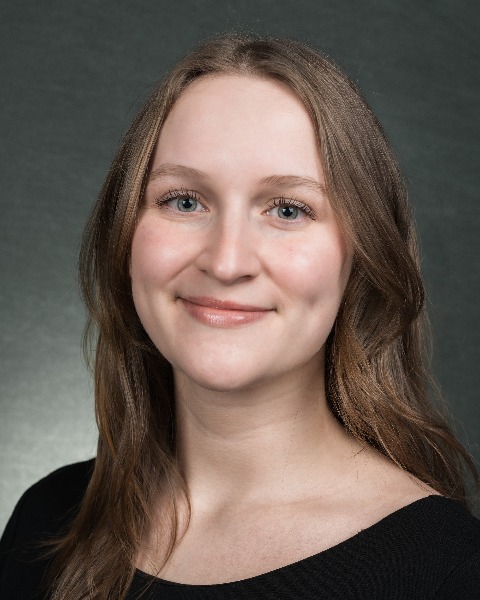Medical Education 9: Teaching and Scholarship Development
Session: Medical Education 9: Teaching and Scholarship Development
186 - Impacts of an Undergraduate Research Assistant Program (URAP) on Student and Research Outcomes
Sunday, April 27, 2025
8:30am - 10:45am HST
Publication Number: 186.5527
Gretchen Blume, Connecticut Children's Medical Center, Hebron, CT, United States; Sharon Smith, UConn/CT Childrens, Hartford, CT, United States

Gretchen Blume (she/her/hers)
Program Coordinator
Connecticut Children's Medical Center
Hebron, Connecticut, United States
Presenting Author(s)
Background: The undergraduate research assistant program (URAP) offered by a large undergraduate university allows students to participate in clinical research while exposing them to the medical field. In this course, students learn about clinical research during classroom sessions and actively enroll subjects in evidence based human subject research in emergency department. Many developed their own research projects.
Objective: To assess student career outcomes and research successes relative to participation in URAP for students that graduated in 2019-2023.
Design/Methods: A three-part survey assessed student outcomes after participating in URAP, measuring demographic characteristics, post-graduation pursuits and perspectives on URAP. Previous course rosters identified students that participated between 2019-2023. The survey was sent to roster emails, and roster phone numbers were used to obtain emails from non-respondents. Frequency analyses were performed on all data.
Results: Contact information was available for 126 former students who participated between 2019-2023. Response rate was 48.4% (N=61) with 69% female, 46% Asian, 8% Black or African American, 41% White and 5% as other/mixed race. Graduates from 2022 and 2023 made up 55% of responses while 2019 graduates represented 8%. After graduation, 71% (N=39) continued education, 53% (N=29) took a gap year(s), 45% (N=25) had work experience. Students that pursued advanced degrees or work experience largely remained within STEM fields (Figures). 94% (N=51) of students agreed or strongly agreed that URAP proved helpful when applying to additional schooling or clinical experiences. Course impact on future participation in research is notable, as 63% (N=34) of respondents either strongly agreed or agreed that URAP increased their desire to do research in their careers, a reflection of the 64% (N=35) that continued participating in research after graduating. 72% (N=39) of students felt that URAP impacted their career pursuits very much or moderately, and 74% (N=40) reporting that the course was more valuable than other courses or internships. During the 5-year study period, 4 URAP students had first author publications and 35 had first author abstracts presented at Eastern Society for Pediatric Research and Pediatric Academic Societies meetings. Free text comments on URAP were uniformly positive.
Conclusion(s): Undergraduate students with early exposure to a research curriculum and practical experience appear to value their experiences, and a majority continue to pursue education and careers in research and STEM fields.
Degrees Pursued After Graduation
.jpg) Figure 1. Total number and type of additional degrees pursued after graduating. Of all students that continued education, 18% (N=7) pursued and/or completed more than one degree.
Figure 1. Total number and type of additional degrees pursued after graduating. Of all students that continued education, 18% (N=7) pursued and/or completed more than one degree.Work Experiences After Graduation
.jpg) Figure 2. Student work experiences after graduation, presented by category of work. Data does not present all work experiences reported. Of all students that reported a work experience or gap year, 32% (N=17) reported more than one experience.
Figure 2. Student work experiences after graduation, presented by category of work. Data does not present all work experiences reported. Of all students that reported a work experience or gap year, 32% (N=17) reported more than one experience.
